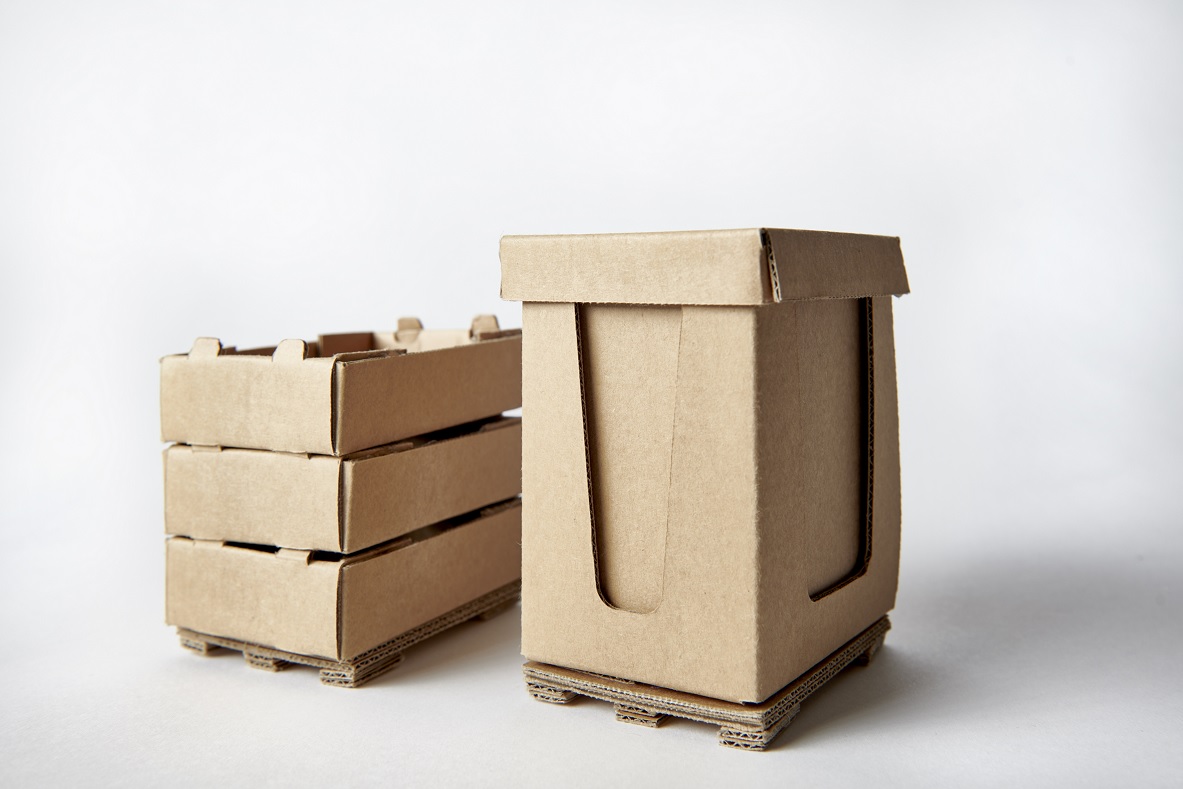IKEA Commits to Eliminate Plastic from Packaging by 2028
Home furnishings retailer IKEA announced today a new commitment to eliminate plastic from consumer packaging solutions, starting with all new products by 2025, and expanding to the existing product range by 2028.
With the phase-out, IKEA aims to reduce plastic waste and pollution and drive the industry agenda to develop packaging solutions centered around renewable and recycled materials. To combat plastic waste and pollution, the company stated that it has already decreased the amount of plastic used in its packaging solutions, with less than 10% of the total volume of packaging materials used annually consisting of plastics.
Erik Olsen, Packaging & Identification Manager at IKEA of Sweden, said:
“Phasing out plastic in consumer packaging is the next big step on our journey to make packaging solutions more sustainable and support the overall commitment to reduce plastic pollution and develop packaging from renewable and recycled materials. The shift will happen progressively over the coming years, and mainly be focusing on paper as it is both recyclable, renewable, and widely recycled across the world.”
IKEA stated that the company spends over €1 billion on approximately 920,000 tonnes of packaging material annually. Its new commitment will require new solutions and collaborations with product development teams and suppliers. Plastic packaging might remain in parts of the company’s food range where it is needed to secure quality and food safety standards beyond 2028, in which case it will come from renewable or recycled sources.
Maja Kjellberg, Packaging Development Leader at IKEA of Sweden, said:
“Ingenuity is part of the IKEA heritage, and packaging is by no means an exception in that regard. Shifting away from plastic in our consumer packaging solutions will doubtlessly be a challenging task in the coming years. With this movement, we aim to spur packaging innovation and use our size and reach to have a positive impact on the wider industry beyond our supply chain.”





